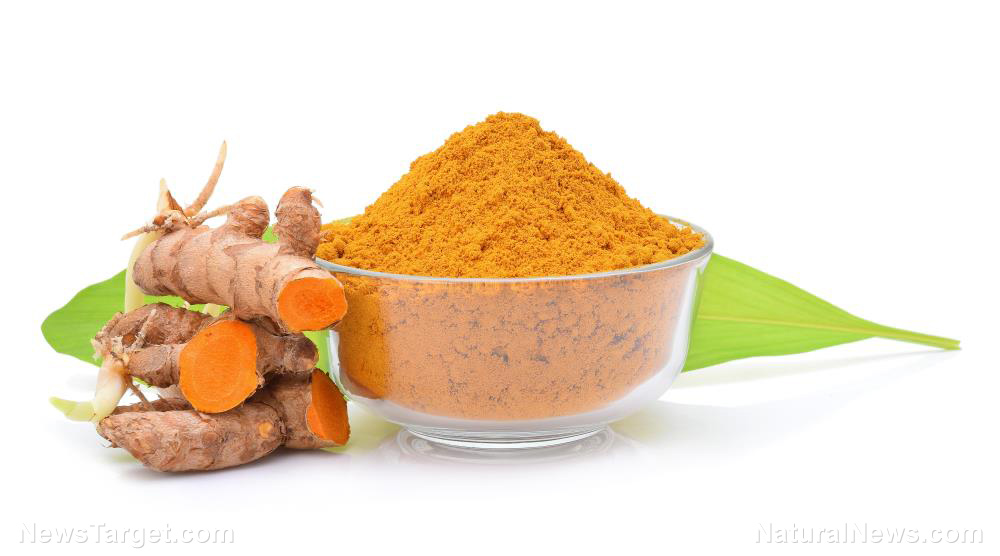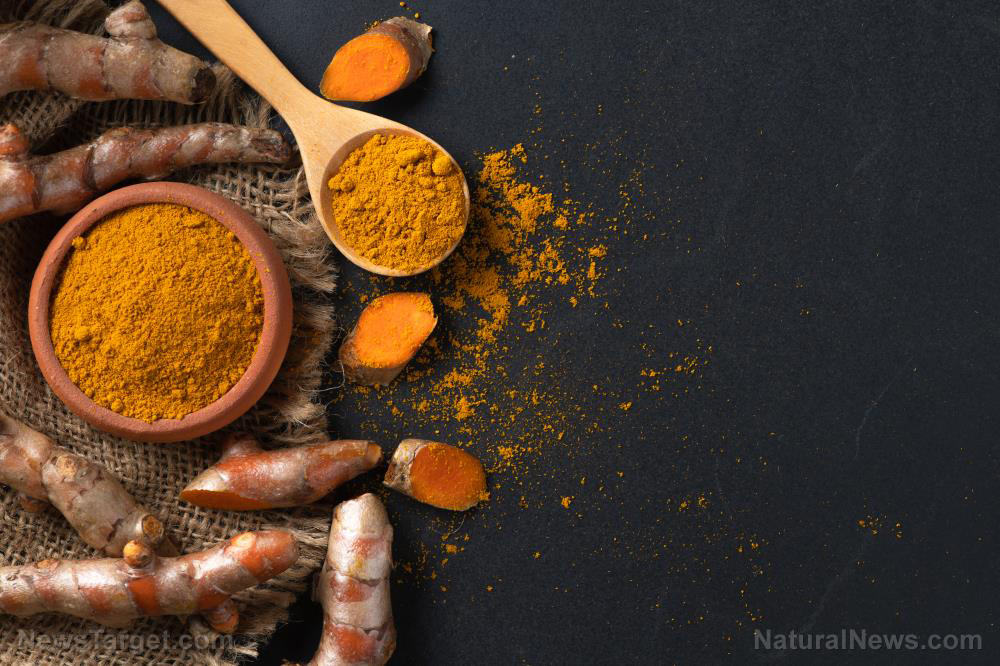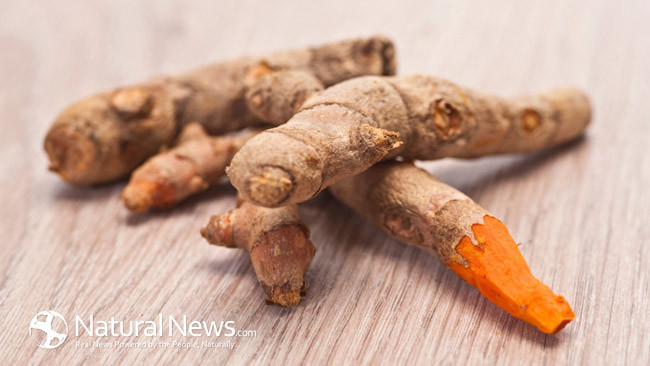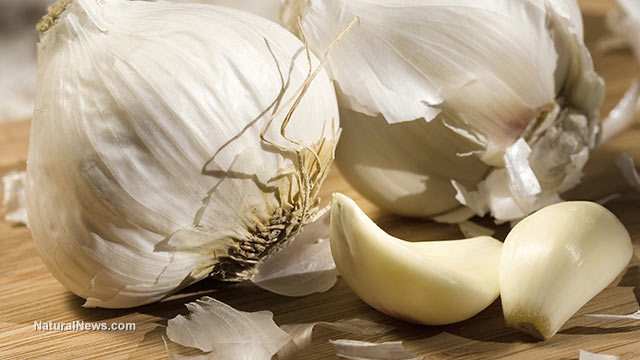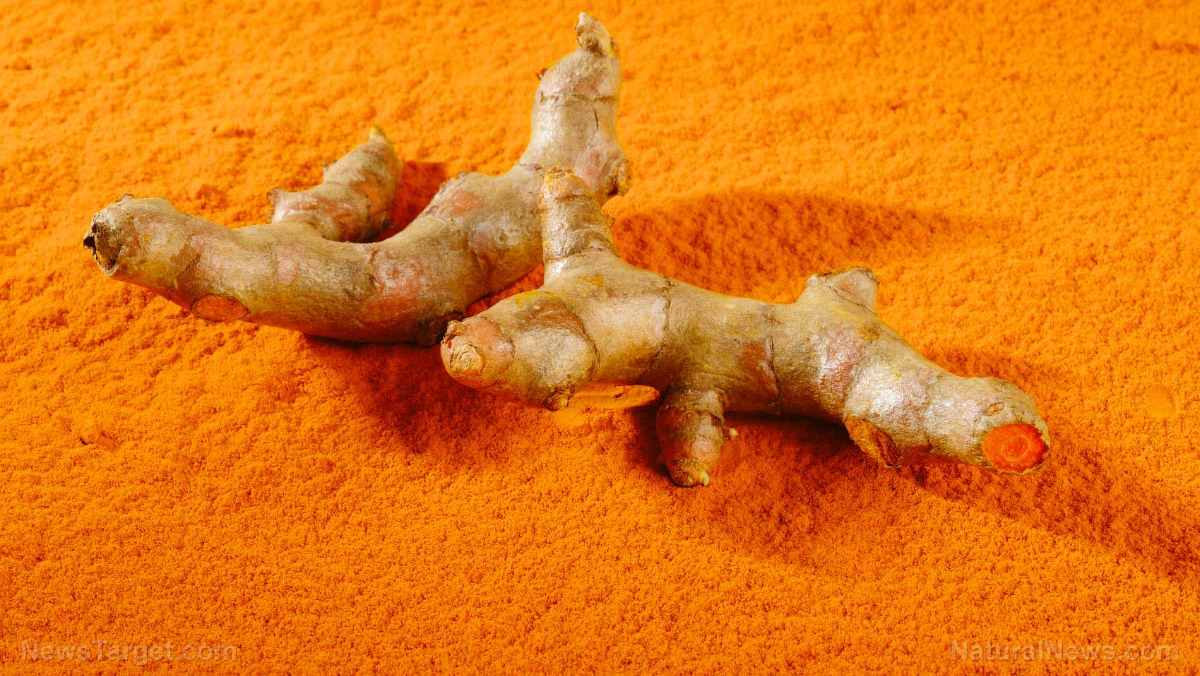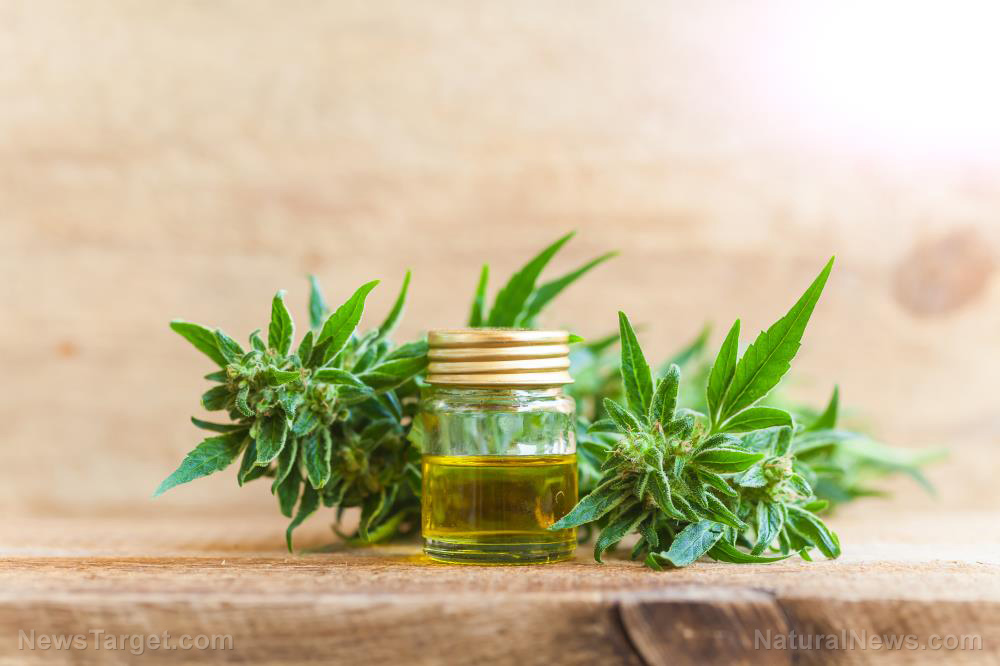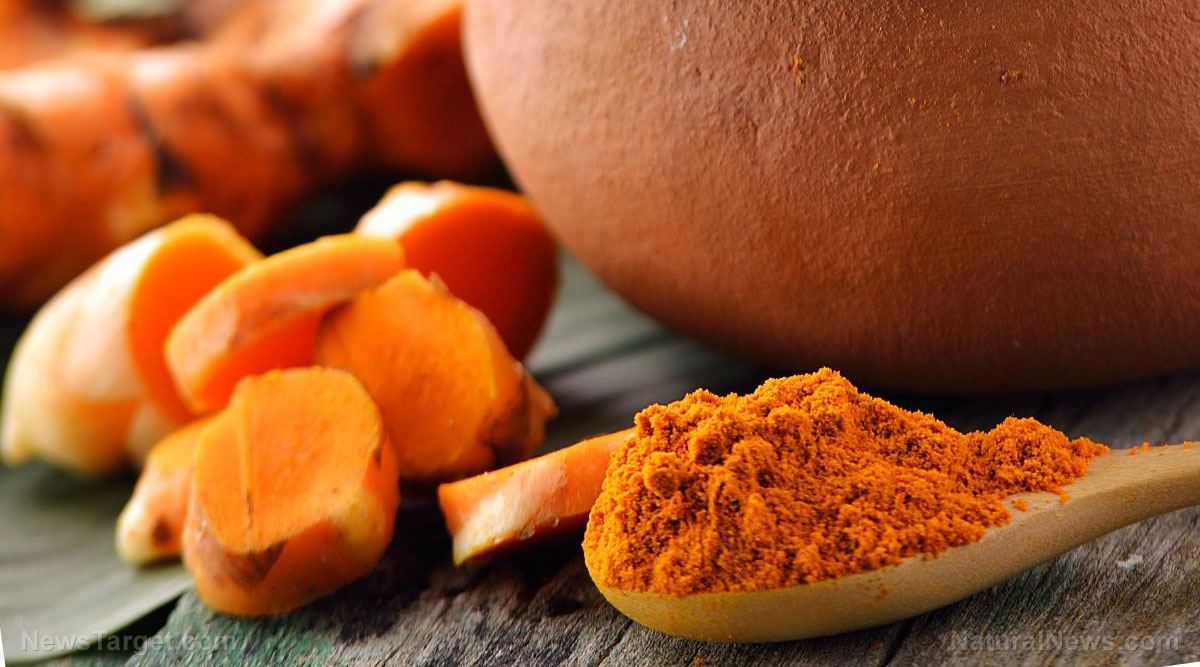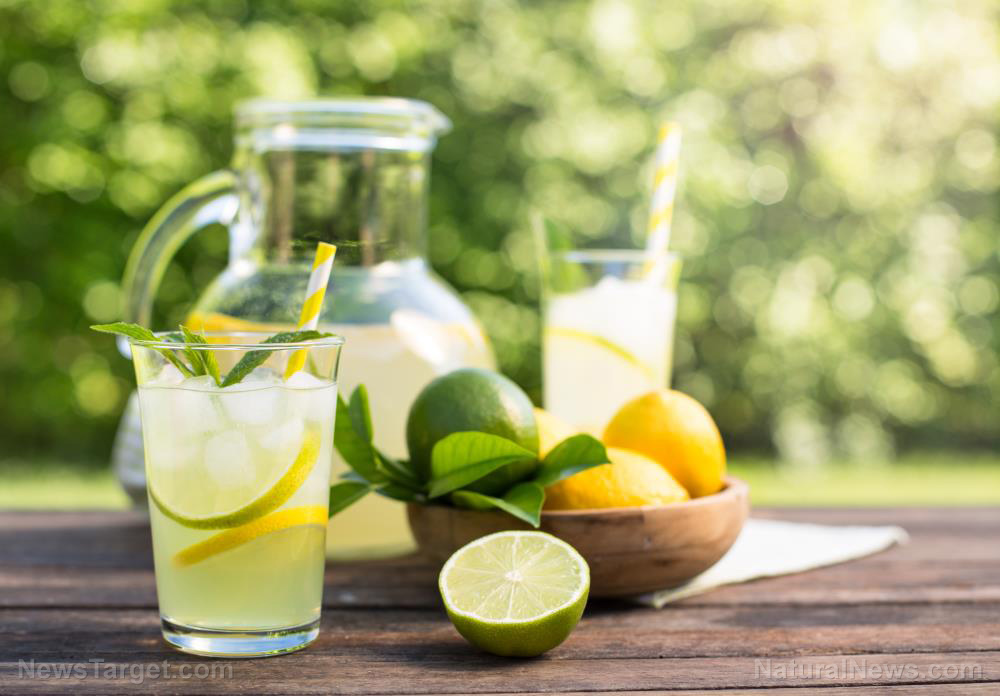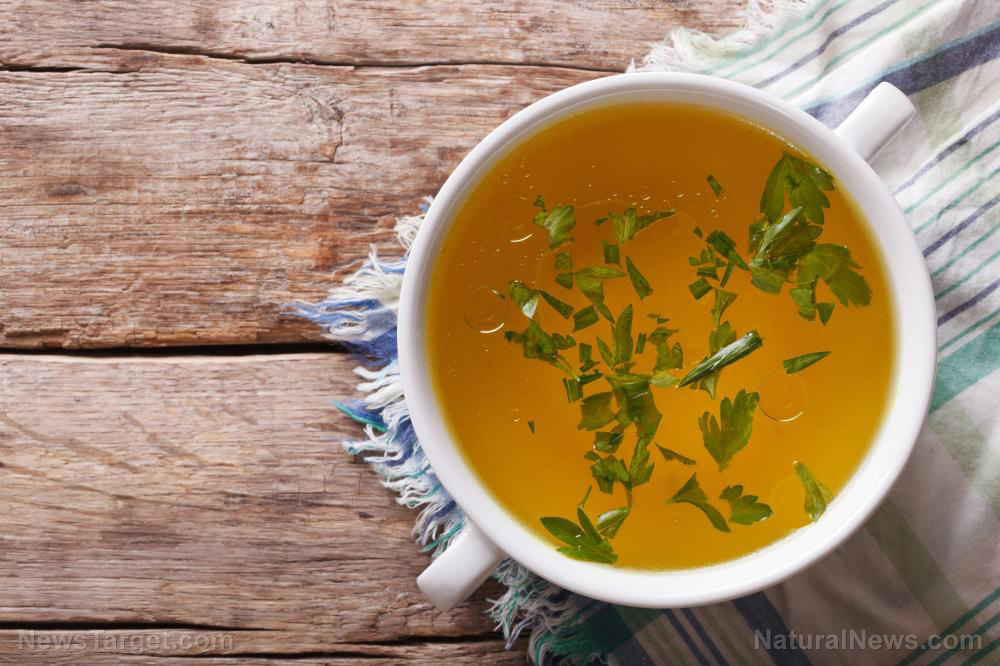Combined natural colorants can replace harmful artificial food colorings (AFCs), reveals study
04/22/2019 / By Michelle Simmons
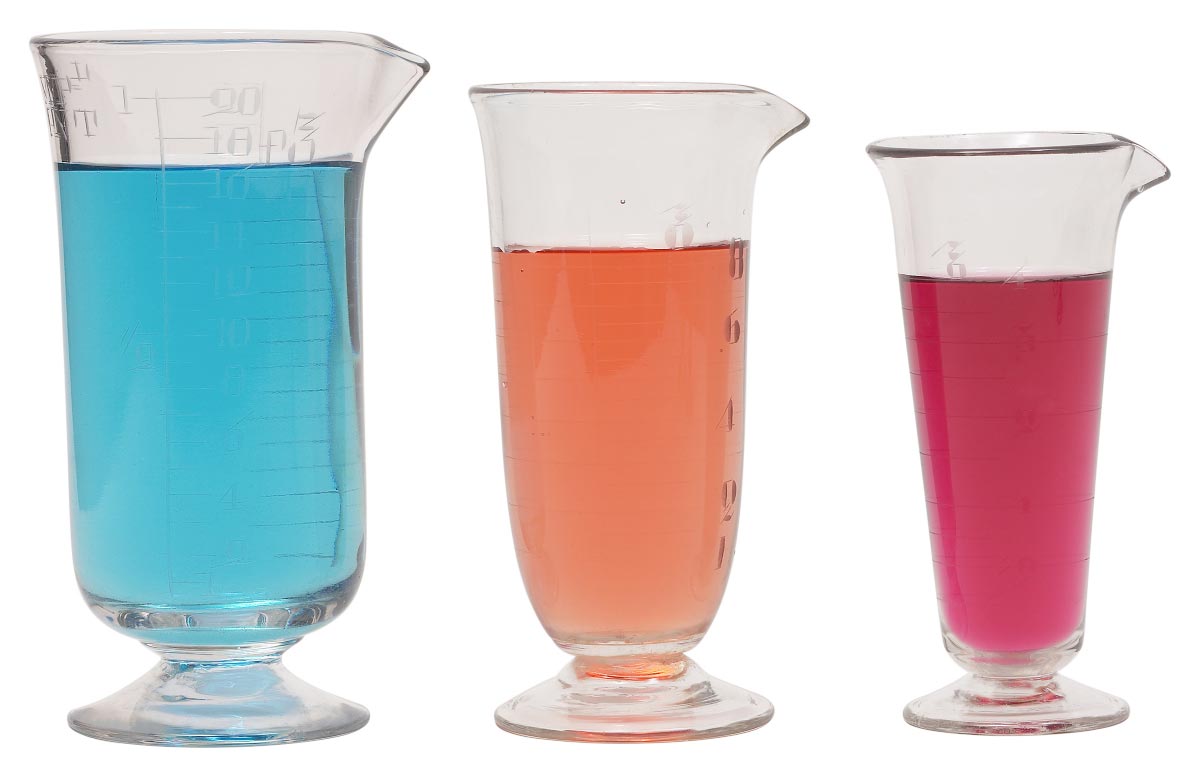
Foods with more vibrant colors look more appealing to consumers, which is why many food companies use artificial food colorings (AFCs). However, AFCs have been proven to be harmful to health, especially in children. Studies have shown that these toxic ingredients affect children’s intelligence and attention and cause hyperactivity and allergy. Therefore, researchers at the National Taiwan University, National Chung Hsing University, and Central Taiwan University of Science and Technology explored the use of natural pigments from yellow gardenia, curcumin, and red radish and found that combining these can be used as a replacement to harmful AFCs.
In their study, they tested the natural food colorants in dried tofu. In Taiwan, artificial food colorings or seasonings like soy sauce are added to commercially-sold dried tofu to make the finished product more appetizing. However, dried tofu from Taiwan has been found to contain “Dimethyl yellow,” a toxic synthetic food coloring agent. Tests have shown that the chemical might cause cancer. (Related: Cancer from coloring? Scientific research group claims food dye may be carcinogenic and promote allergies.)
The Taiwanese researchers found that food coloring by combined natural colorants produced the same appealing effect in dried tofu as artificial food colorants. In addition, consumers still had the intention to buy dried tofu colored with natural food colorants. These results suggest that natural pigments from yellow gardenia, curcumin, and red radish can potentially be used as food colorants for dried tofu.
The researchers also tested the safety of soy sauce as a food colorant in dried tofu. While they found that it was safe, it still can be harmful in high amounts. Studies have shown that chemical soy sauce produces a trace of methylglyoxal (MGO) in the manufacturing process, which is associated with diseases such as oxidative stress, diabetes, and cognitive decline.
Based on these findings, the Taiwanese research team concluded that natural pigments yellow gardenia, curcumin, and red radish can be used to replace harmful synthetic food colorings in dried tofu. The study was published in the journal Food Science and Human Wellness.
How to make your own food coloring
Instead of using artificial food dyes, you can make your own using natural ingredients that you probably already have in your kitchen, such as fruits, vegetables, and spices. These make for vibrant, concentrated colors, without the need for any chemicals.
However, not all fruits, vegetables, and spices are ideal for making natural food coloring. Choose those that have rich pigmentation, such as spinach, blueberries, red cabbage, turmeric, and beets. You can use red cabbage to make the blue coloring, red beets to make the red, and turmeric to make the yellow. From here, you can mix your red, blue, and yellow food colorings to make other colors.
There are various methods of making natural food coloring, but the best way to make that thick, vibrant food coloring is to cook the vegetables and then puree them until you get a rich, concentrated liquid. After this, strain the liquid through a sieve to remove any leftover fruit or vegetable pulp. For example, to make yellow food coloring with turmeric, boil it with 1/3 cup of sugar and 2 cups of water until the liquid is reduced by half. Then, purée the turmeric with the liquid, and strain the purée. Do the same procedure with red beets. Pureeing is important to avoid making your food coloring too watery.
You also don’t need to worry about your food coloring changing the flavor of your food. You only need a drop or two of the extract to color your frostings, glazes, or any food.
Read more news stories and studies on natural food colorants by going to FoodScience.news.
Sources include:
Submit a correction >>
Tagged Under:
curcumin, dried tofu, food coloring, food dye, food science, functional food, gardenia, natural ingredients, red radish, research
This article may contain statements that reflect the opinion of the author
RECENT NEWS & ARTICLES
COPYRIGHT © 2017 TURMERIC NEWS

